
Think Again: Are Education Programs for High Achievers Inherently Inequitable?
This brief challenges the notion that marginalized students of high ability are harmed by advanced education, with implications for better screening measures and expansion of programs.

Building a Wider, More Diverse Pipeline of Advanced Learners
Thirty-six recommendations for how districts, charter networks, and states can build a continuum of advanced learning opportunities, customized to individual students’ needs and abilities, that spans the K–12 spectrum.

Charter Schools and English Learners in the Lone Star State
This study uses nearly two decades of student-level data to explore how charter school enrollment is related to Texas English learners’ achievement, attainment, and earnings.
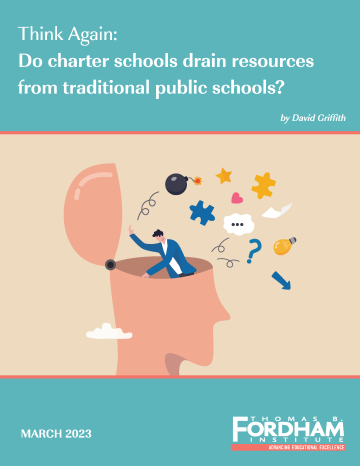
Think Again: Do charter schools drain resources from traditional public schools?
Opponents of public charter schools claim that they drain resources from traditional public schools. This brief argues that this assertion misses lesser-known realities and ignores obvious truths.
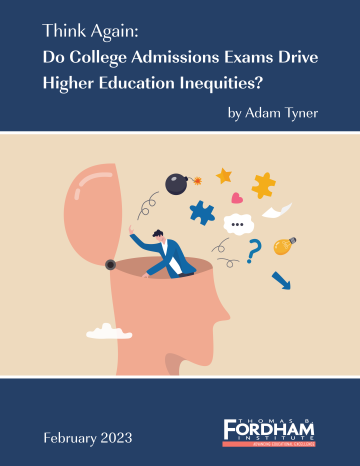
Think Again: Do College Admissions Exams Drive Higher Education Inequities?
The SAT and ACT hold a controversial place in American education. This brief challenges the notion that college admissions exams drive inequities in college admissions and higher education attainment, as well as worsen broader social disparities.
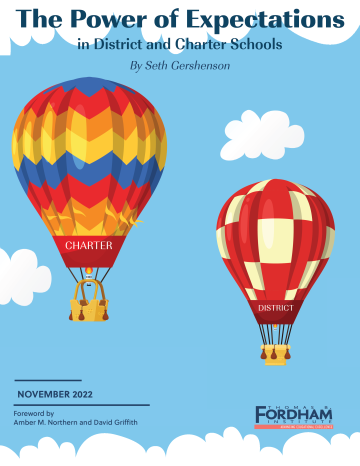
The Power of Expectations in District and Charter Schools
This study examines the role that high expectations should play in our nation’s academic recovery and how they operate in the traditional public, charter, and private school sectors.
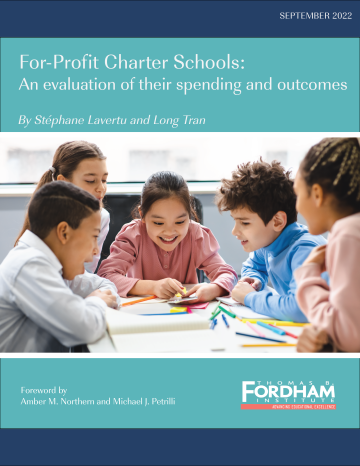
For-Profit Charter Schools: An evaluation of their spending and outcomes
For-profit charter schools” are non-profit organizations that contract out some services to a for-profit organization—meaning the schools themselves are not for-profit. This study explores whether such contracting affects school quality.
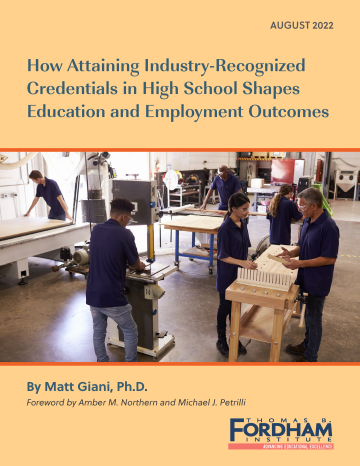
How Attaining Industry-Recognized Credentials in High School Shapes Education and Employment Outcomes
Using data from more than one million students who graduated from public high schools in Texas from 2017 to 2019, this first-of-its-kind study examines how IRCs completed in high school affect college enrollment and workforce outcomes.
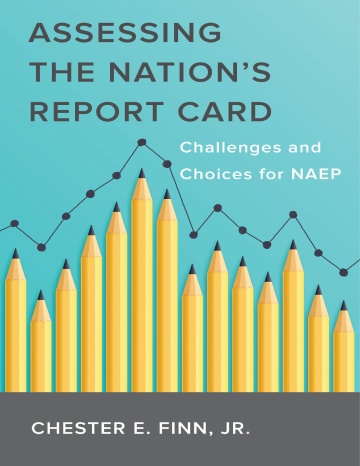
Assessing the Nation’s Report Card: Challenges and Choices for NAEP
How do we see whether achievement gaps between groups of students are widening or narrowing? How can we tell whether eighth graders in Missouri do better or worse in math than their peers in Michigan and Maine? We wouldn’t know these things or much else about K–12 achievement in America without a little-known but vital test, the National Assessment of Educational Progress, a.k.a. “NAEP” or the “Nation’s Report Card.” Assessing the Nation’s Report Card: Challenges and Choices for NAEP, authored by veteran education participant/analyst Chester E. Finn, Jr., examines the history of NAEP, the issues and challenges that it faces today, and ways to strengthen and modernize it for the future.
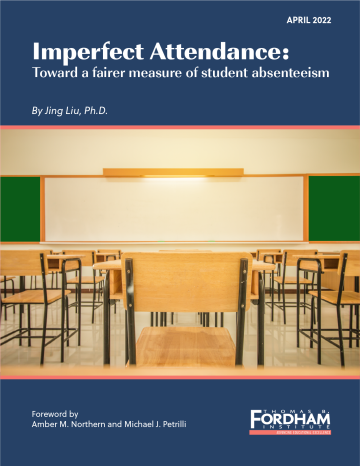
Imperfect Attendance: Toward a fairer measure of student absenteeism
The need to understand how schools can improve student attendance has never been greater. This study breaks new ground by examining high schools’ contributions to attendance—that is, their “attendance value-added.”
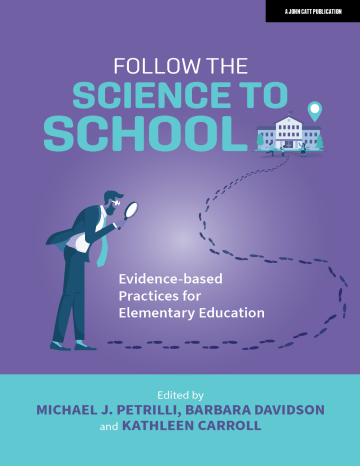
Follow the Science to School: Evidence-based Practices for Elementary Education
Follow the Science to School: Evidence-based Practices for Elementary Education is published by John Catt Educational Press and is available for purchase from the John Catt Bookshop and Amazon.
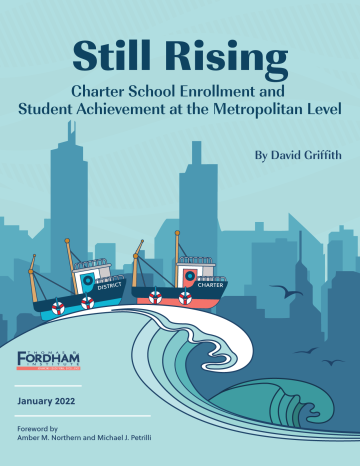
Still Rising: Charter School Enrollment and Student Achievement at the Metropolitan Level
In the wake of the biggest education crisis in living memory, the need for transformational change is palpable and urgent. This report asks: Can a rising tide of charter schools carry students in America's largest metro areas—including those in traditional public schools?
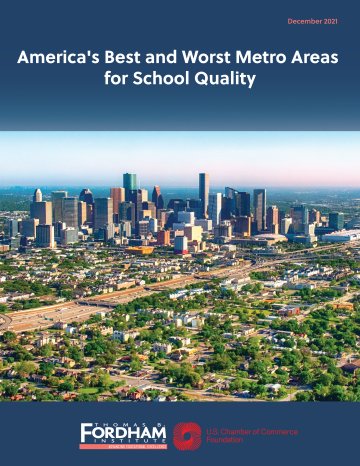
America’s Best and Worst Metro Areas for School Quality
"America’s Best and Worst Metro Areas for School Quality" is the first analysis to use nationally comparative data to evaluate the effectiveness of large and mid-size metro areas on school quality. Use our interactive data tool to see how your metro area stacks up.